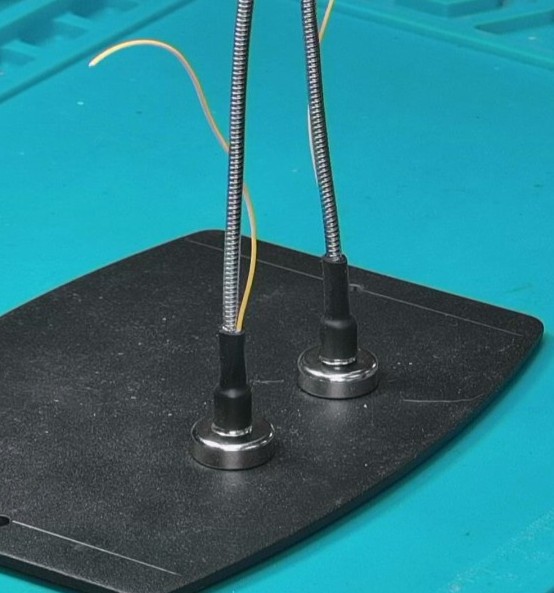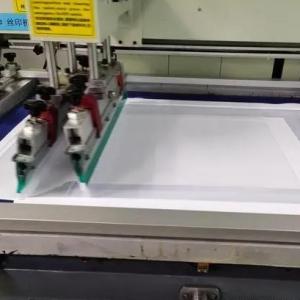Magnetic Circuit Probe
1. IntroductionNext to this circuit board is a measuring probe with a magnetic suction cup. It is very convenient to use. At first, a friend from Station B gave me four measuring probes. In order to use them better in the future, I have made a few more. The production method is introduced below. Interested friends can refer to the production.
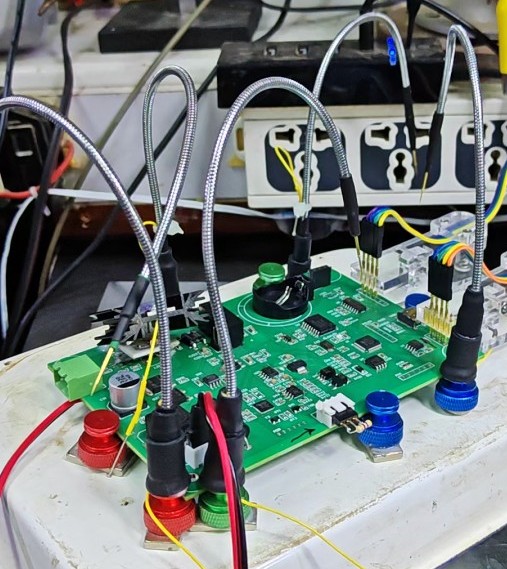
II. Production process
First, introduce the materials used. The first one is this gooseneck universal knot. A universal joint with a diameter of 3mm is used here. The second one is this extremely fine telescopic probe. Its front end can be telescopic, and it is slender and hard. It can easily pierce the metal surface on the circuit board. On the one hand, it can form a relatively good contact, and on the other hand, it can prevent the probe from sliding. The third one is this magnetic hook suction cup. Here, its hook is removed, and the internal screw hole can be inserted into the universal joint. This is a heat shrink tube for fixing. In addition, there is a wire for connecting the probe. This multi-strand wire with a radius of only 0.6mm is used.
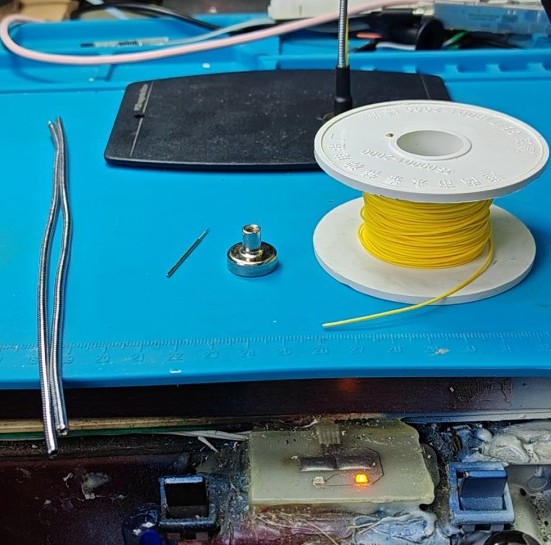
The production process is introduced below. Connect the above materials into a probe for measuring the circuit. The first step is to insert the multi-strand wire into the gooseneck universal knot. Leave three to five centimeters in front and back. Next, solder the metal probe to the wire. Use heat shrink tubing for protection and isolate the probe from the metal universal knot. Next, insert the probe into the universal knot. Use heat shrink tubing to fix it. Next, fix the other end of the universal knot in the screw hole of the magnetic suction cup. Use heat shrink tubing to fix it. So far, the magnetic probe has been made. It can be used for future circuit measurements.
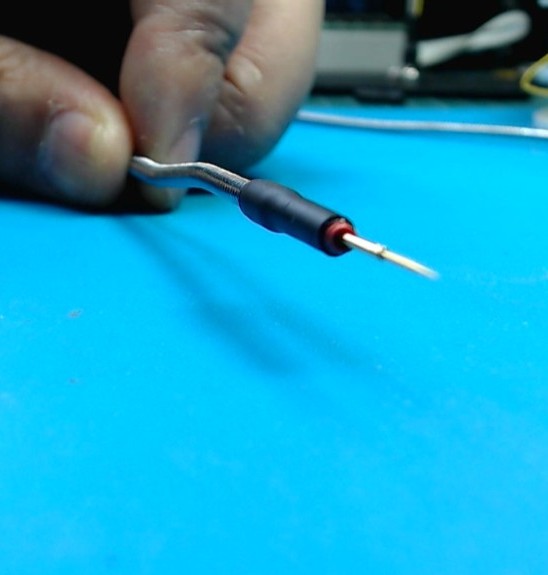
※ Conclusion ※
This article records the production process of the magnetic circuit board probe. Once again, thank the friend of Station B for giving me the debugging probe. Inspired by him, in order to better debug the circuit, I made this debugging probe. It can be adsorbed on the iron chassis and can lead out the voltage signal on the metal wire at any position in the circuit, which is convenient for oscilloscopes and multimeters to measure. For the measurement of ordinary low-frequency signals, this magnetic probe is very easy to use. It makes circuit debugging more efficient and interesting.
